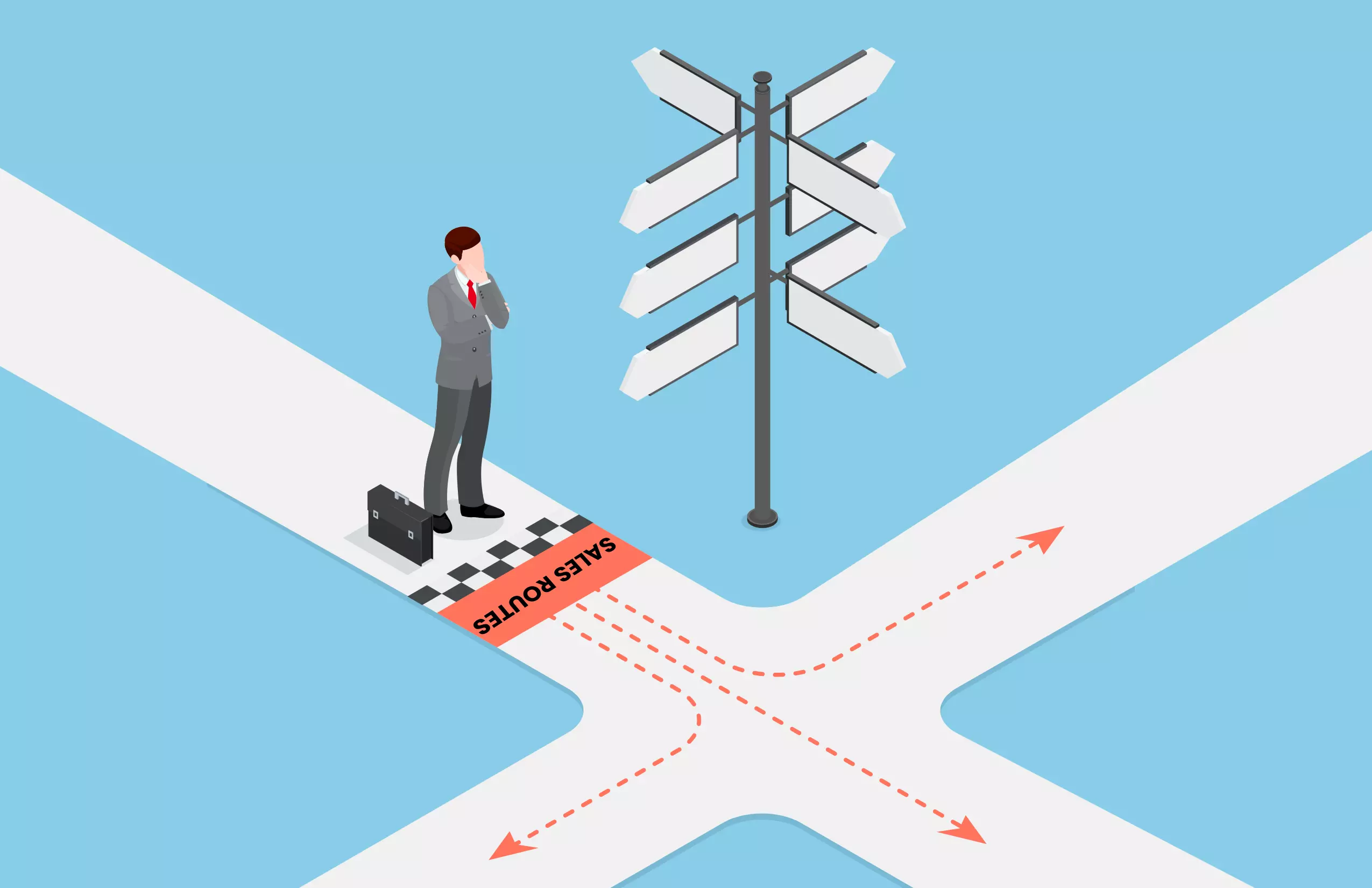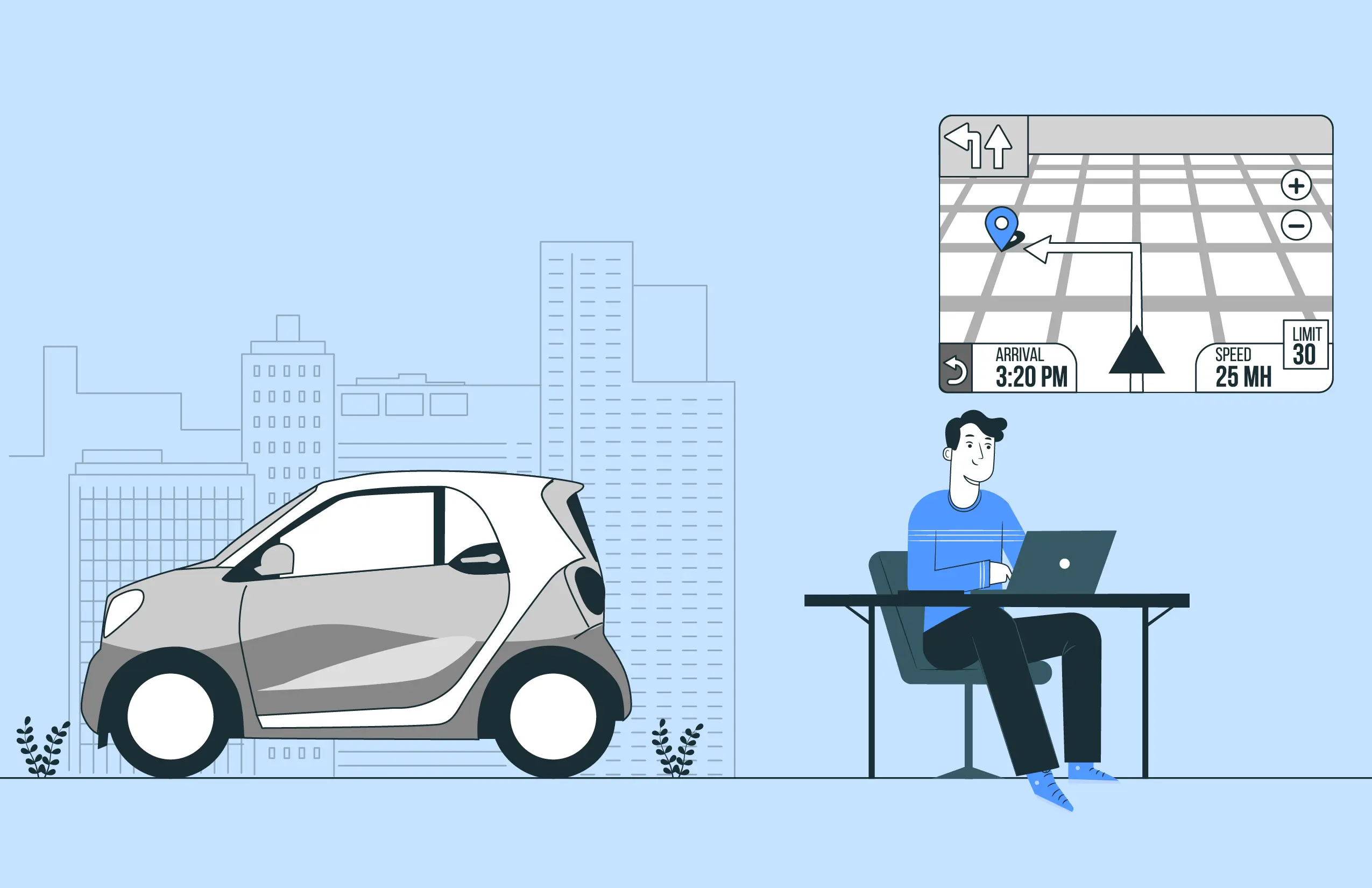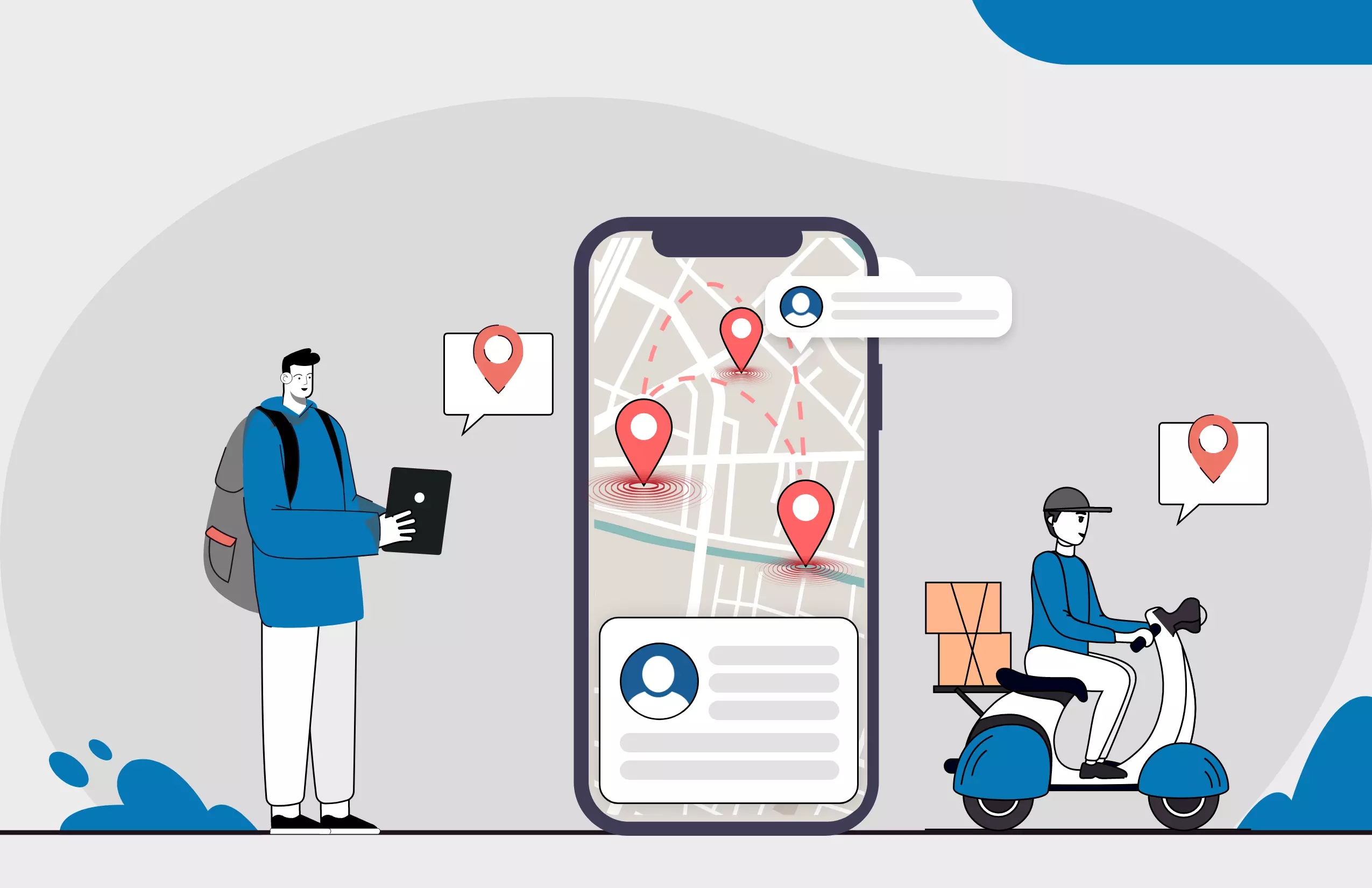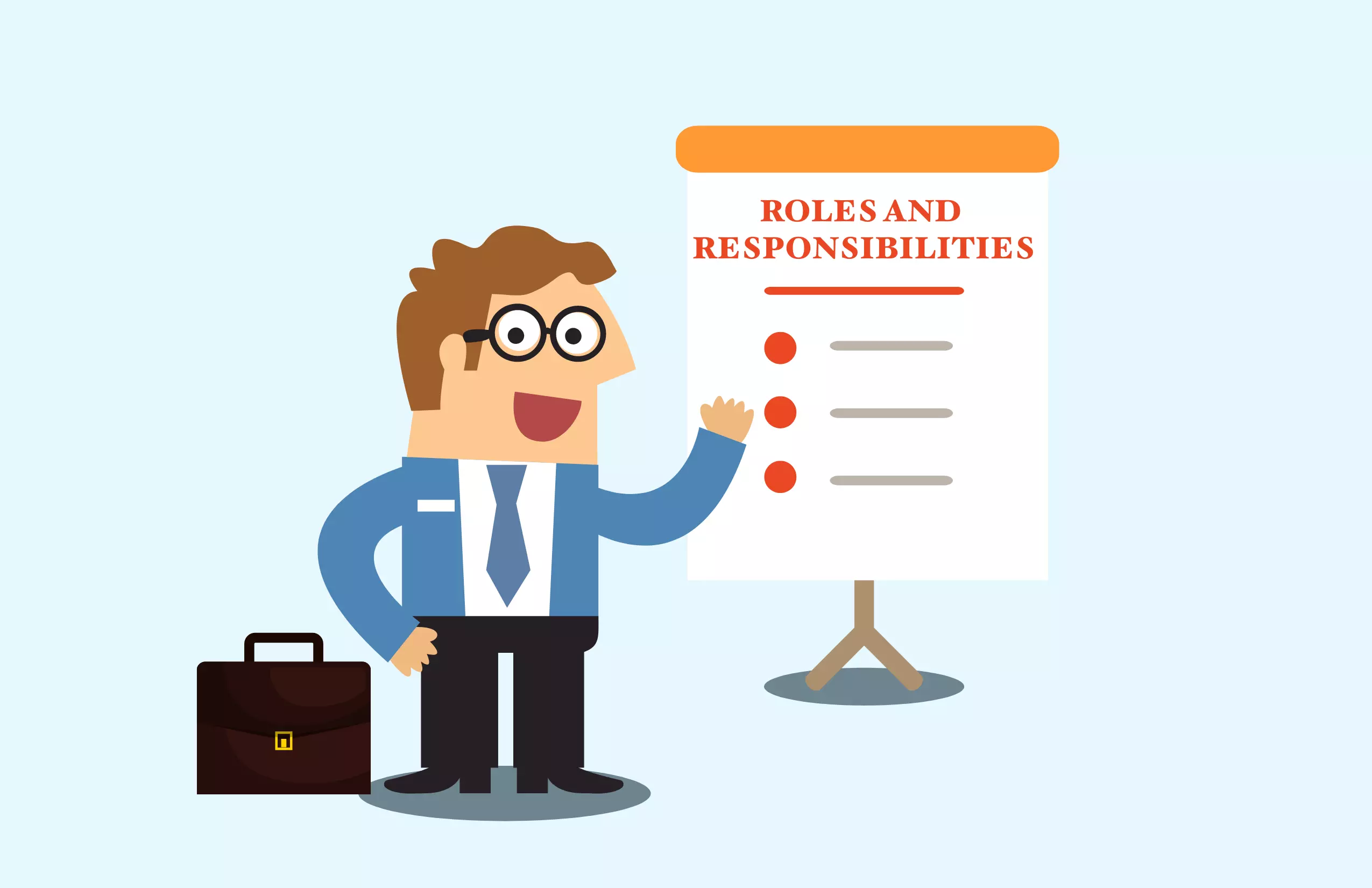
Field Sales vs. Outside Sales vs. Door-to-Door Sales
Table of Contents
Do you prefer door-to-door, outside, or field sales? In what ways do you apply strategies to be successful in your sales position?
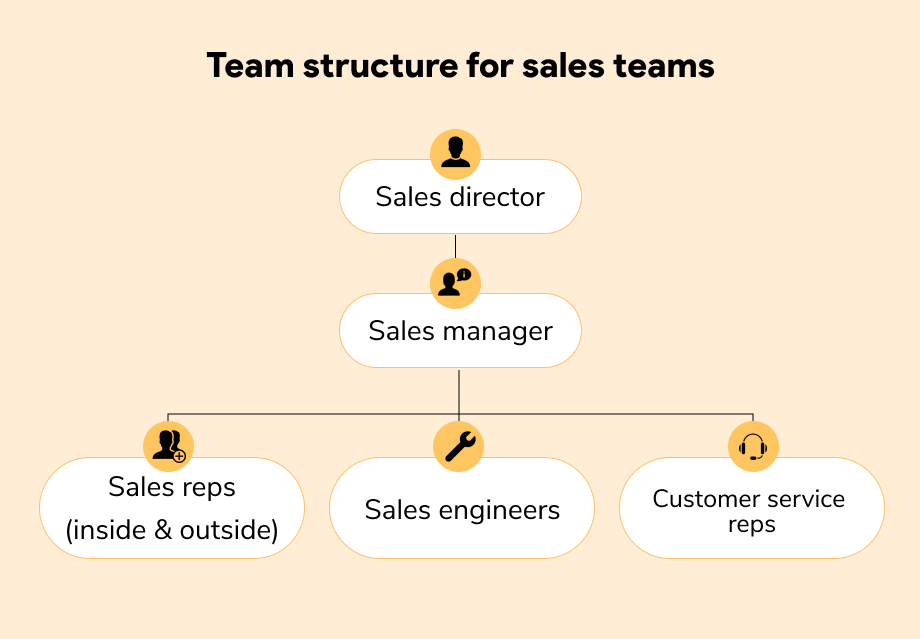
Sales operations are more active in today’s competitive world. If you are a salesperson who performs sales-related activities, this guide will help you understand the major differences between field sales, outside sales, and door-to-door sales and which one best suits your company.
What are Field sales?
Field sales prioritize in-person interactions, which is essential for creating enduring client relationships. Field sales representatives strongly interact with clients at their locations or prearranged meeting places, in contrast to other sales methods. Using a human touch enables representatives to establish rapport and trust, comprehend the demands and difficulties of their consumers, and adjust their sales strategy accordingly. Their ability to interpret the client’s body language and modify their pitch in real time will be facilitated by their physical presence.
| 34% of field sales representatives invest time in selling- Harvard Business Reviews. |
Field sales representatives make the effort to develop a stronger relationship with their clients. They take the initiative to learn about their aims, problems, and business goals. With the use of this information, they may more effectively position their goods and services to meet the demands of certain customers and provide pertinent and customized solutions.
What do field sales reps do?
Field sales representatives handle particular territories and become specialists in their assigned fields. They gain a thorough awareness of the local market and its rivals. They can use this information to pinpoint their unique selling point, emphasize their competitive advantages, and even modify their field sales tactics in response to local trends.
What are outside sales?
Outside sales is the method of business representatives visiting and meeting with potential customers in person at conferences, networking events, and company offices.
| Executives in outside sales spend over half of their time promoting. Due to the fact that they are already busy with office and fieldwork. |
Outside sales, like in-person sales, are seen as the more “traditional” sales strategy. In addition to in-person meetings, representatives communicate with clients via the live and asynchronous channels of their choice. Smartphones and other mobile devices are among these communication tools, which let agents stay in touch with clients no matter where they are.
What are the responsibilities of outside sales reps?
Most of the time, outside sales agents are out in the field. They meet with clients to talk about ways to address their problems, give product or service demonstrations, and develop closer bonds with them to win their loyalty.
What do door-to-door sales refer to?
Door-to-door sales continue to be important in sectors such as home security systems, telephones, and home improvement while being less prevalent in the current digital era. Sales representatives use this sales strategy by visiting potential clients’ homes to strike up a discussion and offer their goods or services.
The door-to-door sales approach mainly depends on establishing trust and personal relationships through direct, in-person contacts. A door-to-door salesperson may immediately address the objections and concerns of potential consumers, unlike other sales positions. The sales presentation can be clarified and tailored to the demands of the homeowner or business through real-time conversations.
| Approximately 70–80% of door-to-door salespeople’s time is spent strongly on marketing businesses’ products and services. |
In most cases, door-to-door sales representatives are trained in persuasive communication, handling objections, and product expertise. They can draw in households or businesses, showcase the value proposition in a flash, and instill a sense of urgency that motivates swift action.
Sales strategies: Developing successful techniques
To optimize sales success, each of the above sales roles requires the application of particular tactics. Let’s examine the distinct sales tactics used in door-to-door, outside, and field sales in more detail.
Strategies for field sales: Through in-person meetings, networking gatherings, and other customer-centric strategies, field sales representatives concentrate on developing strong relationships with their clients. They take the time to learn about the demands, difficulties, and corporate objectives of their clients. By customizing solutions and providing individualized support, field sales representatives position themselves as reliable consultants. An effective field sales approach must include regular follow-ups, utilizing CRM tools for relationship management, and staying current with industry developments.
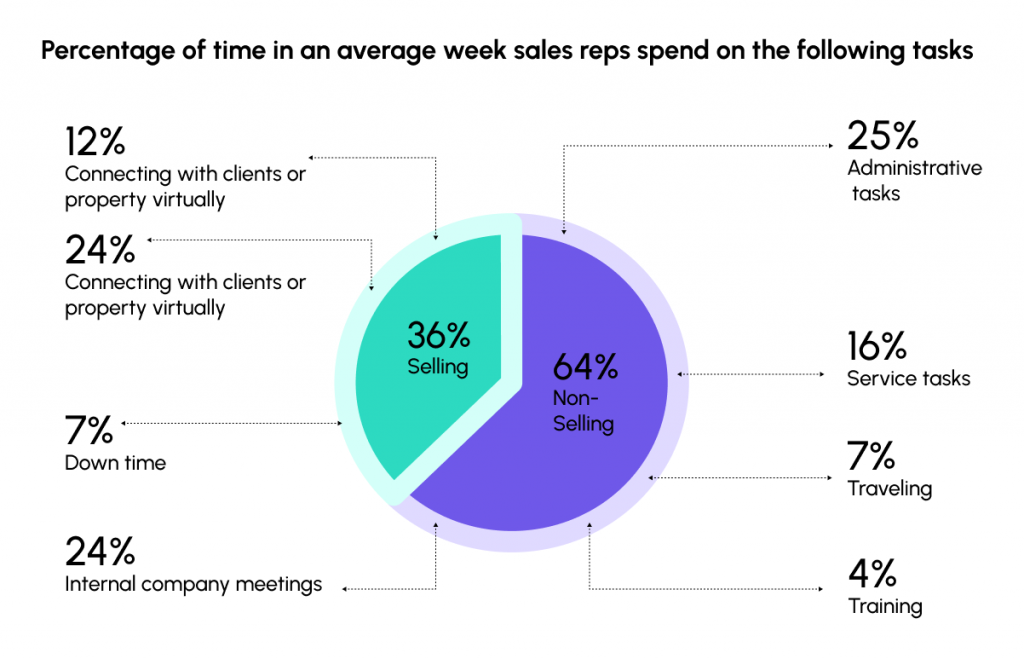
Outside sales tactics: Because of the wider audience that outside sales can reach, representatives use a mix of essential marketing tools like social media and CRM systems in addition to face-to-face interactions. Targeting, lead generation, and prospecting tactics that work are essential for reaching a wider audience and gaining new clients. To manage their sales funnel, nurture leads, and analyze data to spot trends and possibilities, outside sales representatives use technology. To stay flexible and competitive, they modify their tactics in response to shifting market conditions, competitor research, and consumer input. To support these evolving strategies, Playwright is increasingly used to automate the collection of competitor insights and market data.
Techniques for door-to-door sales: Salespeople must be knowledgeable about the goods or services they are selling. They skillfully address arguments and provide demonstrations while engaging in individualized and convincing interactions with potential clients. Door-to-door sales tactics frequently involve putting referral networks into place, providing temporary specials, and using client endorsements to establish credibility. Through their involvement in community activities and collaborations with nearby companies, representatives also concentrate on establishing a local reputation and raising brand awareness in the region they have been assigned.
Did you know about the sales stats?
🚀 Field sales: Due to their tendency to require travel to various task locations, field sales can be more costly than other procedures. According to a survey conducted by Salesforce, field sales teams travel 30% of the time, which results in spending for meals and flights. Moreover, the typical yearly compensation for each field sales representative might vary from $25,000 to $500,000, contingent on their company size and region.
🚀 Outside sales: Since there is less travel time involved, outside sales expenses are often lower than field sales costs. Frequently, the representatives operate from the main office and a regional center. They spend less on travel and lodging as a result. Additionally, outside sales representatives spend between 20 and 25 percent of their time traveling, according to the sales management association, which again results in lower expenses.
🚀 Door-to-door sales: Comparing door-to-door sales to the other two methods, the former has lower travel expenses. Salespeople here operate in specialized and localized sectors. Furthermore, people typically walk there, saving money and removing the need for transportation. According to research by the direct selling association, the average annual cost of travel for this process is from $1,000 to $2,000.
Companies that should adapt their respective sales type are:
Field sales: For business-to-business purchasers who value establishing personal connections and trust, field sales are ideal. Consider a pharmaceutical business trying to get hospitals to buy a new line of medical equipment. The business dispatches its field sales representatives to speak with hospital administrators and learn about their unique requirements. The business can adjust its solutions to these interactions. As a result, hospital managers prefer the company’s products to others.
Outside sales: Suitable for customers who prefer a combination of online and in-person contacts. Digital methods such as webinars, email marketing, and virtual product demos are typically preferred by the corporation to engage with those customers. To demonstrate their products, the sales representatives reach the client’s office. Connecting with their favored customers is made easier for businesses by this degree of digital outreach and face-to-face meetings.
Door-to-door sales: This sales approach draws in customers who value quick, direct service and decision-making. Field sales representatives can achieve their goals by interacting with customers face-to-face and answering questions. One of the most well-known B2C business models is door-to-door sales, in which sales representatives interact directly with consumers to provide goods like kitchenware and services like lawn care.
Mitigate the sales challenges and increase your sales performance with the Lystloc software
Having the correct software is essential to your success whether you’re managing the dynamic world of field sales, coordinating outside sales techniques, or navigating the busy streets for door-to-door sales.
Finally, it is important for sales professionals to know the key distinctions between door-to-door, outdoor, and field sales. By understanding the distinct traits and tactics of every sales position, you can customize your strategy and maximize your sales results.
Consider steps and realize your full sales potential now that you have a deeper understanding of these sales jobs. Use the tactics that are appropriate for your position, exercise creativity, and be receptive to new possibilities.
How does Lystloc assist in your sales performance?
Essential tools that enable workers to efficiently organize their daily duties, record their attendance online and submit expense claims are provided by Lystloc. Additionally, GPS tracking is integrated to make sure representatives are staying within their designated boundaries. All administrative duties are made simpler and automated by Lystloc, which lessens the workload and frees up representatives to concentrate on increasing sales. With Lystloc’s extensive toolkit, you can easily manage attendance, keep track of projects, and handle reimbursement. It also includes apps for field sales representatives, which assist team members stay on top of things, sticking to their schedules, and promptly registering their attendance.






